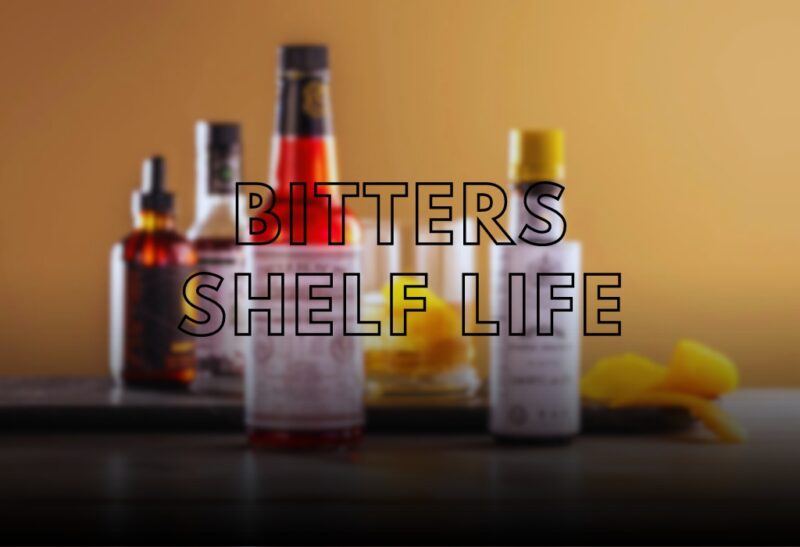When it comes to the world of cocktails, bitters are the unsung heroes, the secret sauce, adding a depth of flavor that turns a good drink into a great one. Derived from botanicals like fruits, spices, bark, and roots, they are typically high-proof spirits that add complex flavor profiles to cocktails. But what happens if you leave that bottle of bitters on your shelf for a few months or even years? Will it go bad?
This concern is often met with mixed responses. Many believe that due to their high alcohol content, they have an indefinite shelf life. Others contend that they can deteriorate in quality over time, albeit very slowly. To shed more light on this subject, this article aims to delve deeper into their shelf life, exploring if and how they can go bad.
A Brief Overview
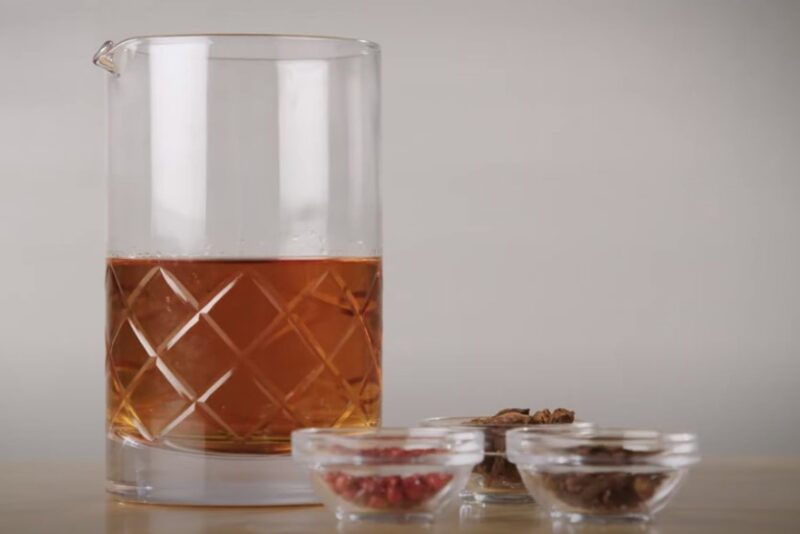
Before we delve into the shelf life of bitters, let’s start by understanding what they are. They are highly concentrated infusions of various plants, each with unique properties and flavors. Their invention can be traced back to medicinal uses in ancient cultures, but today, they’re mainly used in cocktails to balance the sweetness and add complexity.
There are two main types of bitters: potable and non-potable. Potable types, like Campari and Fernet, can be enjoyed on their own, while non-potable ones, like Angostura and Peychaud’s, are too concentrated to be consumed straight and are generally used in cocktails.
How Bitters Are Made
Making bitters involves steeping botanical ingredients in high-proof alcohol to extract their flavors. Some ingredients may include fruits, roots, bark, or spices. This process could take a few weeks to several months, depending on the desired intensity of the flavor.
After the steeping process, the mixture is then filtered, removing all solid components, leaving behind only the flavored alcohol. This flavored spirit, which has now become bitters, is then usually diluted with water to a palatable strength. Sweeteners, colorants, and other additives may also be included at this stage to enhance the flavor and appearance.
The Alcohol Content
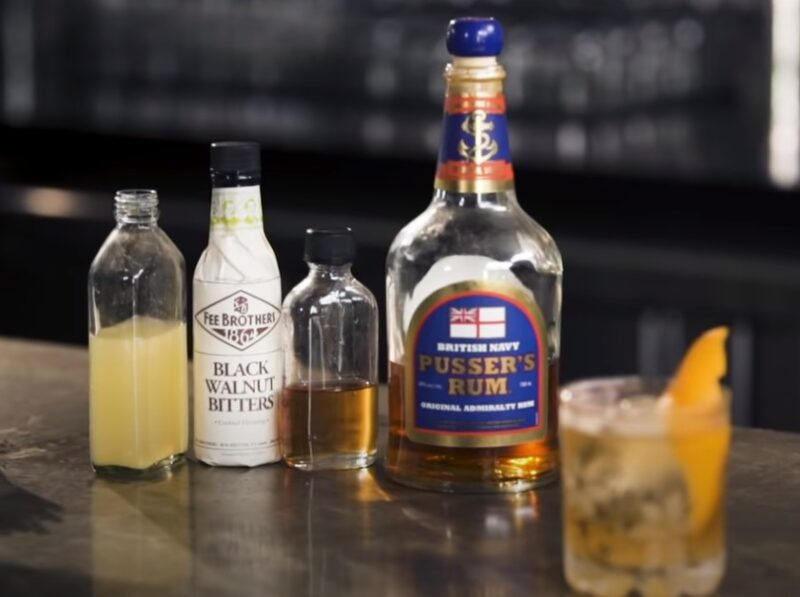
The alcohol content in bitters varies greatly from one brand to another and can range from 20% to 50% ABV. This high alcohol content serves a dual purpose. Firstly, alcohol is an excellent solvent for extracting flavors from the botanicals used in making bitters.
Secondly, it acts as a preservative, inhibiting the growth of bacteria and other pathogens. Just like other spirits with high alcohol content, such as vodka or whiskey, the high alcohol content in bitters gives them a long shelf life. That said, while spirits with high alcohol content won’t become unsafe to drink, their quality may decline over time.
Storage Tips
Proper storage can significantly impact quality and longevity. Here are a few key points to keep in mind when storing your bitters:
- Light: They should be stored in a dark place, as light can degrade the flavors over time.
- Temperature: Keep them in a cool place, away from heat. Excessive heat can speed up the evaporation of alcohol, affecting the overall balance and flavor.
- Sealing: Ensure they are tightly sealed when not in use. Exposure to air can lead to evaporation and oxidation, which can alter the taste.
Signs That They Have Gone Bad

As a rule of thumb, bitters do not go bad in the traditional sense due to their high alcohol content. However, there are a few signs that they may have deteriorated in quality. If your bitters have been exposed to heat or light for an extended period, you might notice a change in their color.
This could be an indication that the flavors have begun to degrade. Similarly, if your bitters have been improperly sealed and have been exposed to air, they might taste flat or dull.
How Long Do They Last?
According to most manufacturers, bitters should last indefinitely due to their high alcohol content. However, as we’ve discussed, their quality can diminish over time if not stored correctly. The flavors inside are stable but not invincible.
Over time, the complex profile of flavors may change, with some notes becoming less pronounced. That said, this process usually takes several years. As a rule of thumb, for the best flavor, try to use your bitters within 2-3 years of opening.
Can Old Bitters Make You Sick?
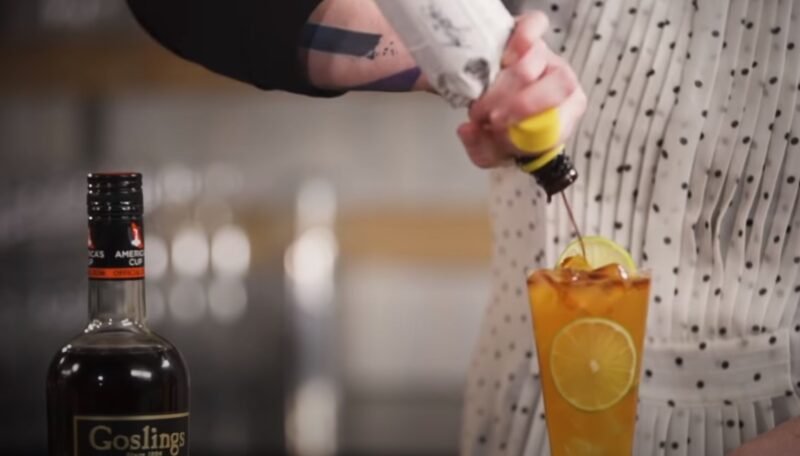
Here’s the good news: old bitters, even if they’ve diminished in quality, won’t make you sick. The high alcohol content ensures that harmful bacteria or molds cannot grow inside. So, even if your bitters taste flat or dull, they’re still safe to consume.
Comparison With Other Spirits
So, how do bitters compare to other spirits when it comes to shelf life? Other spirits with high alcohol content, like whiskey or vodka, have a long shelf life due to their alcohol content. However, unlike spirits, bitters have added botanicals which can degrade over time.
Despite this, they still tend to have a longer shelf life than liqueurs, which contain sugar and other ingredients that can degrade or change over time. Therefore, while your bitters may not last forever, they will likely outlive many other items in your liquor cabinet.
Quality Over Time
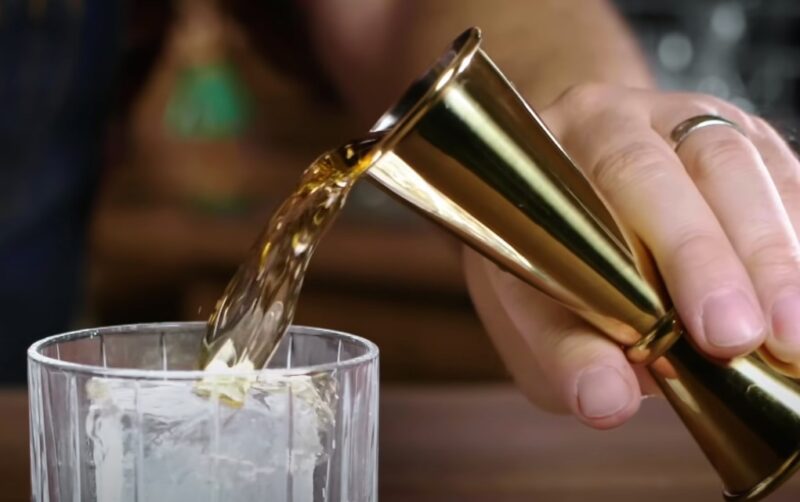
Over time, the botanical flavors in your bitters can fade. This may result in a loss of complexity and balance in your cocktails. However, this change is gradual and often goes unnoticed unless compared side by side with a fresh bottle.
It’s important to note that while the flavors might change, it doesn’t necessarily mean they become worse. Some people might even prefer the taste of older bitters, just like how some people prefer the taste of aged spirits.
Homemade Bitters
If you’re making your own bitters at home, it’s crucial to consider the shelf life of your ingredients. Fresh ingredients like fruits or herbs will have a shorter shelf life than dried ingredients like roots or bark.
Always ensure that your homemade bitters are stored in sterilized, air-tight containers. The use of high-proof alcohol is also essential for this homemade product, as it acts as a preservative, extending its shelf life.
Tasting for Quality
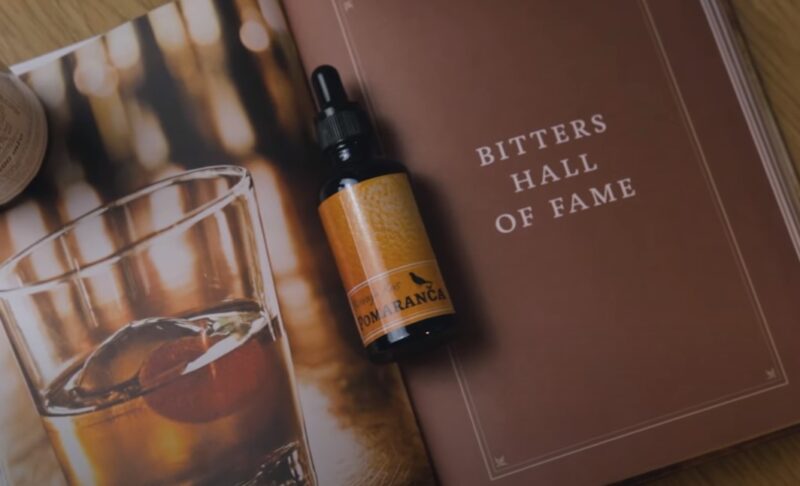
The best way to determine if your bitters are still good is to taste them. Do they still have the same complexity and depth of flavor as when you first bought them? Or do they taste flat and one-dimensional? Remember, your palate is the best judge. If your bitters don’t taste as good as they once did, it might be time to replace them.
The Impact of Quality on Cocktails
Bitters can make or break a cocktail. They’re the secret weapon in a bartender’s arsenal, adding a depth of flavor that takes a cocktail from ordinary to extraordinary. However, as the quality of your bitters declines, so too will the quality of your cocktails. The intricate balance of flavors in your cocktail might be thrown off, resulting in a less satisfying drink.
When to Replace
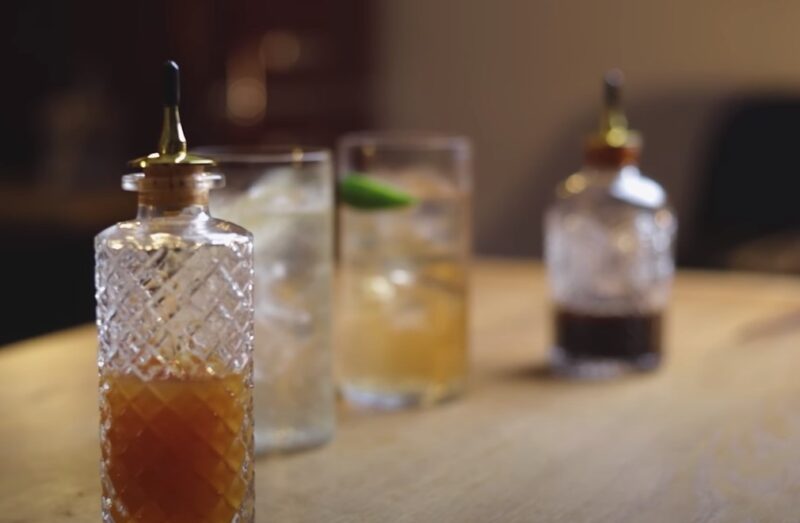
Replacing your bitters will depend on several factors, such as how often you use them, how well they’ve been stored, and the specific brand and type. However, if your bitters have changed color, taste flat, or lack their initial complexity, it’s probably time to replace them.
Final Thoughts
Bitters, with their high alcohol content and absence of perishable ingredients, have a shelf life that far exceeds most items in your kitchen. However, like all good things, their quality can diminish over time. While they won’t go bad in the traditional sense, their flavors can degrade if not stored correctly.
To ensure they remain at their best, store them in a cool, dark place and always ensure they’re tightly sealed when not in use. With proper care, your bitters will continue to enhance your cocktails for years to come.

